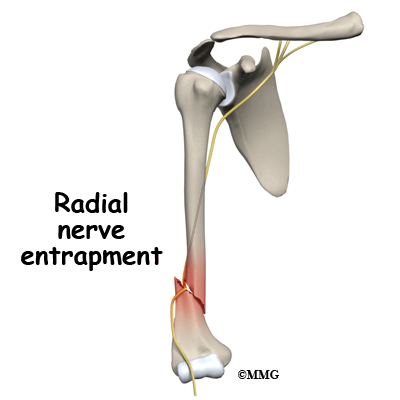

If more force were applied the concave side of the bending bone would undergo compression fracture and a bulge would appear - a torus fracture. With greater force, the loaded bone undergoes plastic deformation resulting in clinically evident and radiographically proven bowing of the bone - a bowing fracture. With low energy impact, a longitudinal force is applied down the radius will result in bowing which, when the force is released returns to normal the force results in elastic bowing that is not radiographically apparent since, by the time the film is obtained, the bone has returned to normal.

In these situations, the force applied and the angulation of the force results in a variety of injuries. the fall on an outstretched arm or jump from a height) rather than a direct injury (e.g. The majority of forearm and lower leg fractures occur after indirect injury (e.g. At the point where force exceeds the structural integrity of the bone, a complete fracture occurs. Rang 1 describes a continuum of fractures that occur with increasing longitudinal force applied along the length of the bone. In Galeazzi-equivalent fractures, ulnar physeal arrest is frequent, seen in 55% of cases.Incomplete fractures are a heterogeneous group of fractures that predominantly occur in the long bones of pediatric patients. distal radioulnar joint now stable: immobilization in supination in an above-elbow cast is indicated 7.distal radioulnar joint remains unstable: by triangular fibrocartilage complex exploration and repair followed by Kirschner wire fixation of the ulna to radius and immobilized in supination in an above-elbow cast.irreducible: further exploration of the distal radioulnar joint with the view to release interposition and post-release re-assessment of the distal radioulnar joint:.reduced and unstable with large ulnar styloid fragment: open reduction and internal fixation of the ulnar styloid followed by immobilization in an above-elbow cast 7.reduced and unstable with no ulnar styloid fragment: Kirschner wire fixation of the ulna to the radius, triangular fibrocartilage complex exploration and repair if necessary and immobilization in supination in an above-elbow cast 7.reduced and stable: splint and early motion 7.Open reduction of the radial shaft fracture and internal fixation with a dynamic compression plate and screws may also reduce the distal radioulnar joint dislocation 7.įollowing intraoperative assessment of the distal radioulnar joint, the reducibility and stability of the joint determines the indicated treatment: Galeazzi fracture-dislocations are unstable requiring surgical intervention, which involves open reduction and internal fixation (ORIF) of the radial fracture, intraoperative assessment of the distal radioulnar joint for reducibility and stability, and subsequent Kirschner wire fixation of the ulna to the radius, triangular fibrocartilage complex (TFCC) exploration and repair, and splinting or immobilization in supination via an above-elbow cast 7. In addition to stating the presence of the radial fracture and distal radioulnar joint dislocation, a number of features should be sought and commented on: asymmetry of the distal radioulnar joint when compared to the other forearm 6.widening of the distal radioulnar joint on the frontal view 6.radial shortening may occur, and if greater than 10 mm, suggests complete disruption of the interosseous membrane.dislocation of the distal radioulnar joint.commonly at the junction of the middle and distal thirds.However, good quality orthogonal views are needed to identify and characterize displacement correctly.
#Greenstick fracture humerus series
Galeazzi fractures are classified according to the direction of radial displacement:Ī forearm series is usually sufficient for diagnosis and management planning. Typically, Galeazzi fracture-dislocations occur due to a fall on an outstretched hand (FOOSH) and result in dorsal displacement of the radius (type I) if the axial load was applied to the forearm in supination or volar displacement of the radius (type II) if the forearm was in pronation 7. Galeazzi fractures are primarily encountered in children, with a peak incidence at age 9-12 years 3. In adults, it is estimated to account for ~7% of forearm fractures 3.


 0 kommentar(er)
0 kommentar(er)
